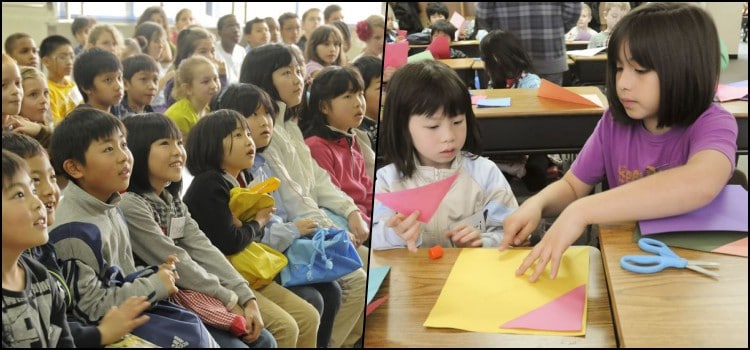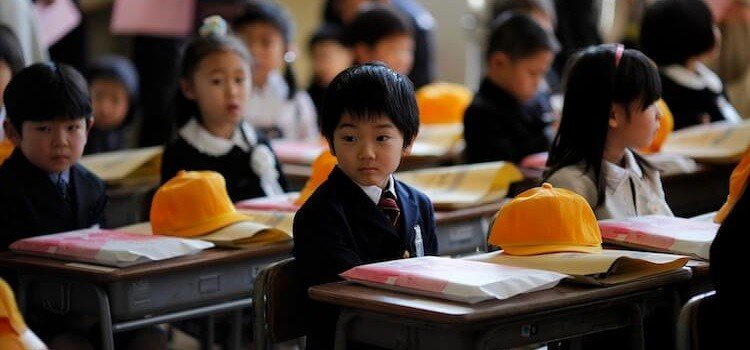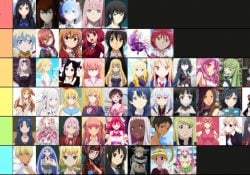In most countries it is even allowed to adopt children from other foreigners.
In Japan in 2011 alone, 430 children were adopted. But, according to BBC News, data from the Japanese government show that there are about 39,000 children in institutions for adoption.
Among developed countries, Japan has the lowest adoption rate. Let's better understand the reason, rules and history about the process.

Índice de Conteúdo
How did adoption come about in Japan?
The Japanese began to practice adoption in the Nara period (710-794). During this period, adoption was marked by social rules and concepts that consisted of a preference for male children.
This was because the reason for adopting was in order to benefit the adopter to continue the services of the house and care for the family that can only be done by the male child. In the absence of blood children, adoption was chosen.
Another reason also for parents to resort to adoptive children was when the legitimate child could no longer be suitable for the family succession.

In the Nara period, adoption was also used as a mechanism to create alliances. That is, children could be adopted between families. However, it was in the Kamakura period (1185-1333) that family alliances began in which it was common to adopt male children even though the family already had children by blood.
During this period, even the father-in-law could adopt his sons-in-law in the absence of a child, he would take the surname of his wife's family. But the condition had to be that the adoptee had one more sibling to continue the lineage of the biological family.
In 1948 there were revisions to the civil code for the benefit of adoptees and not just for these purposes. But in Japan the adoption in most cases is done by the own relatives.

The Japanese view on adoption
Unlike other countries, in Japan this adoption process becomes even more complicated because the child's bond with the biological family is allowed. According to the law, even if the child is removed from the care of the biological parents, they will still have custody over the child and can decide its future.
That's why many children left in orphanages from infancy are kept in the institution until they turn eighteen years old.
Unfortunately, adoption is not well accepted in Japan, as they are closely linked to blood ties. Adopting can be seen as an act of shame. But when someone happens to adopt the family, they even move to another city to present the child as a blood child.
But it is not so simple to hide this information because of the Japanese family record called Koseki (戸籍). This record must contain all family information, including the adoptee's data, which in addition to the name of the adoptive family must have the names of the biological family.
Despite these challenging situations there are small changes being made in this regard. Fukuda Hospital located in Kumamoto is the first Japanese hospital with a Special Adoption Service. Children under the age of six can be put up for adoption at the hospital.
The special adoption service is legalized and approved by the Ministry of Health and the Medical Association of Japan. To be able to participate, adoptive parents cannot offer money to the institution. Those interested in adoption should hire a lawyer for the adoption process.
After being approved, the child will completely break the bond with the biological family. It will have the surname of the adoptive parents and in the Koseki the child will appear as a legitimate child, there is no need to register that the child was adopted.

Can foreigners adopt Japanese children?
If adoption is already complicated by the Japanese themselves, imagine with the outsiders! The adoption of children by foreigners is only allowed as a last resort because the priority is usually relatives. But it is possible to adopt as long as the foreigner resides in Japan.
As we have seen, the Japanese greatly value the lineage and by adopting this, it is broken. But because it is a developed country, the Japanese government has no problem in financially ''taking care'' of these children.
One of the possibilities for those interested in adopting is to see the telephone list and address on the website of the Ministry of Health, Labor and Welfare (it is in Japanese). Or contact Fukuda Hospital.
It is not impossible for a foreigner to adopt, but patience is required as it is a lengthy process.

Another possibility of simpler adoption for not having so much bureaucracy is when the child goes to live with a family without being legally adopted. In 2008 there were only 3,611 children living in foster homes under this regime. This amount is small in relation to the number of children living in orphanages.
In the case of legal adoption, there are two types: regular and special. The most common is the regular one, which is when the child does not lose parental ties with his biological family.
And the special one is aimed at children under six and is the most suitable for international adoptions.

The article is still halfway through, but we recommend also reading:
adult adoption
In Japan this is more common than you might think! This happens to preserve a generation in case of lack of heirs. It is common for family business owners to adopt male people in order to take over the business.
World-renowned companies like Toyota, Suzuki and Canon do this for the business to last generations.







